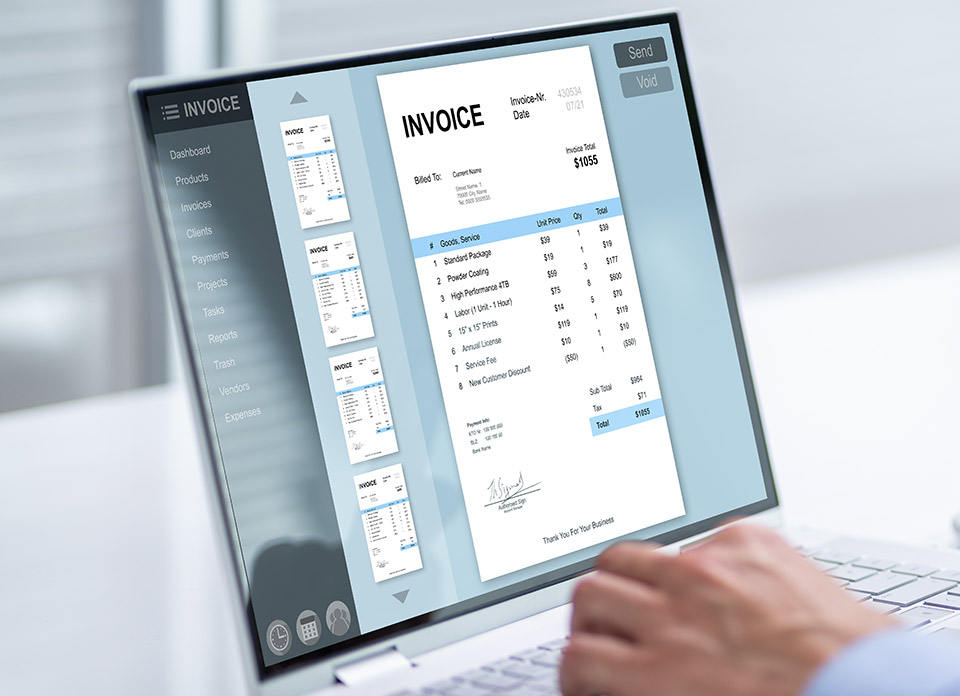The pandemic took a heavy toll on the factoring market. Access to finance via UK government support schemes meant that invoice factoring and discounting was less of a priority for businesses, while all-time low interest rates slashed the margins available to factoring providers.
Credit insurer Coface reported a fall of almost 14% in factoring revenue during the first half of 2020 as a result of volume decline and repricing actions.
Data compiled by research firm IbisWorld suggests that growth for the period 2020 to 2025 will be lower than that over the previous five years, a forecast that appears likely to be borne out as banks tighten lending requirements following the takeover of Credit Suisse and the collapse of Silicon Valley Bank and Signature Bank.

However, there are signs that interest in factoring is returning.
Access intelligence that drives action
To unlock this research, enter your email to log in or enquire about access





